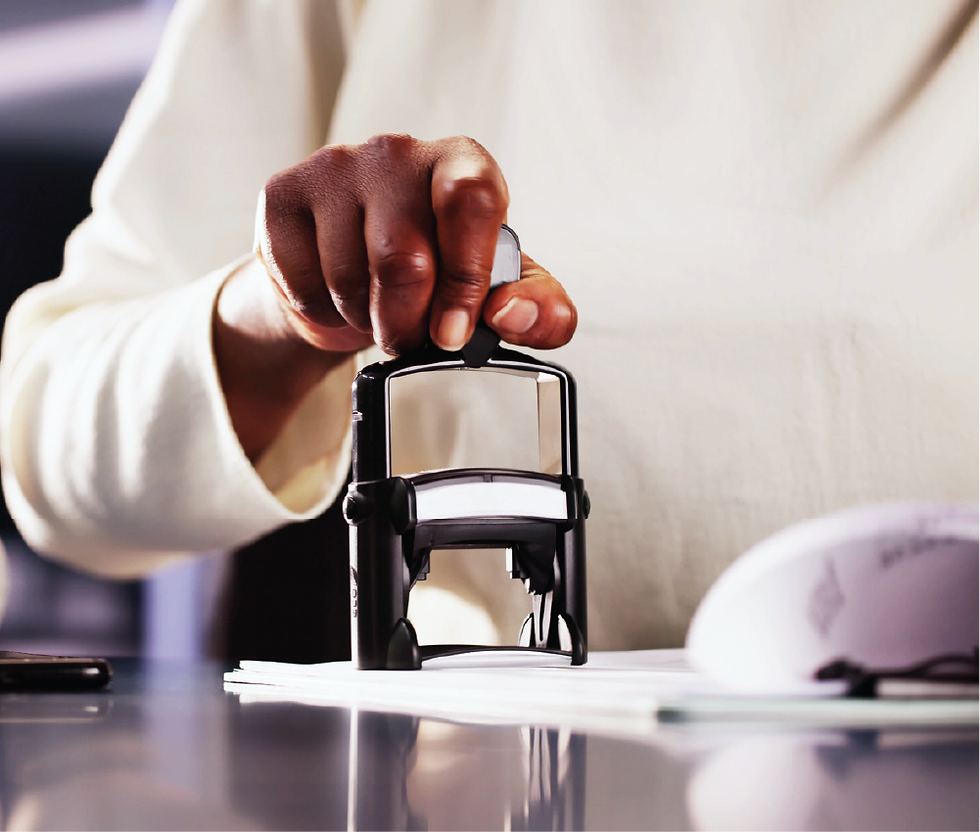
Traditional Wet-Ink Notarization (TWIN)

In-Person Electronic Notarization (IPEN)

Remote Ink-Signed Notarization (RIN)

Paper Remote Online Notarization (PRON)

Remote Online Notarization (RON)

Preparing For Your Appointment
To ensure an efficient and seamless appointment, print and complete (but do not sign) your documents. Also, gather a current, unexpired, photo ID so we may verify your identity.
Valid Identification in the State of New York
In the state of New York, the following documents are allowed for identity verification during a notary appointment:
-
Lorem ipsum dolor sit amet
-
Lorem ipsum dolor sit amet
-
Lorem ipsum dolor sit amet
-
Lorem ipsum dolor sit amet
-
Lorem ipsum dolor sit amet

Understanding Different Methods of Notarization
Developments in technology have created multiple options for Notaries to perform notarial acts.
Here’s a look at the differences between these types of notarization.
NOTE TO JOY: Be sure to check NY state’s laws, as specific terminology and requirements varies by state.

Traditional Wet-Ink Notarization
The principal is in the Notary’s physical presence, and signatures are in ink. The Notary may use an ink stamp seal.
In-person electronic notarization
The principal is in the Notary’s physical presence, and signatures are electronic. The Notary may use an electronic seal.



Remote ink-signed notarization
The principal appears before the Notary remotely using video conference technology like Skype or Zoom. The Notary watches the principal sign the document and a declaration under penalty of perjury in ink. The signer sends the document and declaration to the Notary, who signs and stamps the notarial certificate in ink before returning the document to the signer.
Paper remote online notarization
The principal appears before the Notary remotely using audio-video communication technology that includes multi-factor authentication, such as third-party credential analysis and dynamic knowledge-based authentication. The Notary watches the principal sign the document and a declaration under penalty of perjury in ink. The signer sends the document and declaration to the Notary, who signs and stamps the notarial certificate in ink before returning the document to the signer.



Remote online notarization
The principal appears before the Notary remotely using audio-video communication technology that includes multi-factor authentication, such as third-party credential analysis and dynamic knowledge-based authentication. Signatures and seals are electronic. In some states, this method is known as remote electronic notarization (REN) or online notarization.
What Makes the Notarization?

Schedule an Appointment
Ready to get started? Book Your Appointment today at a time and place that suits you.
